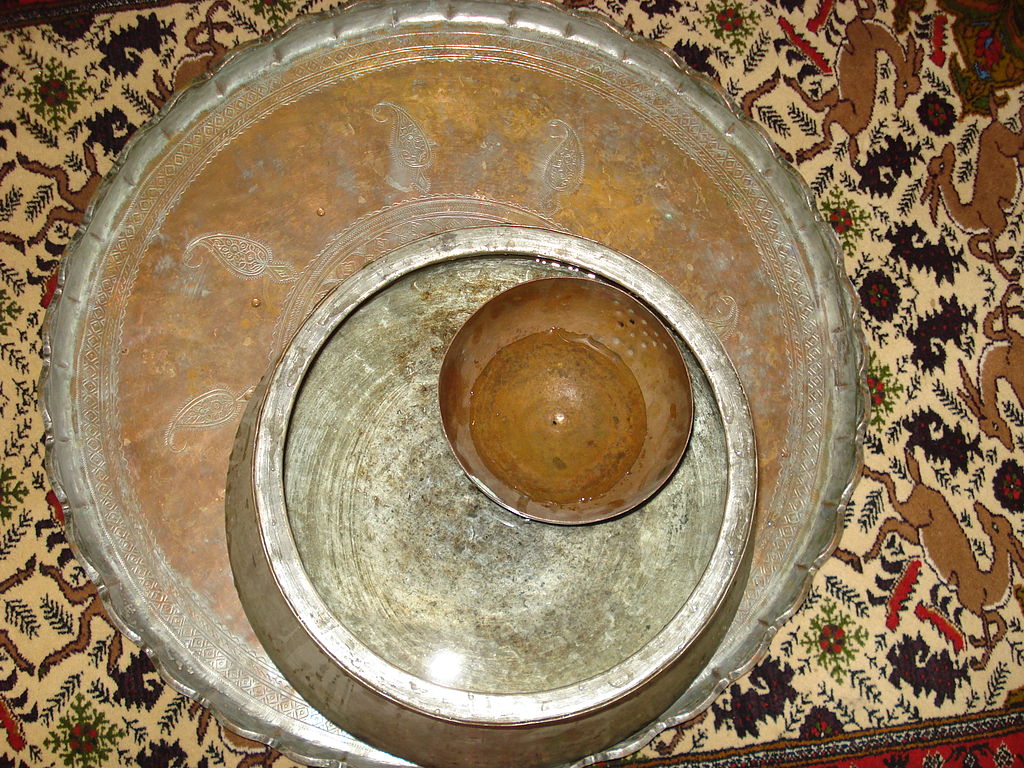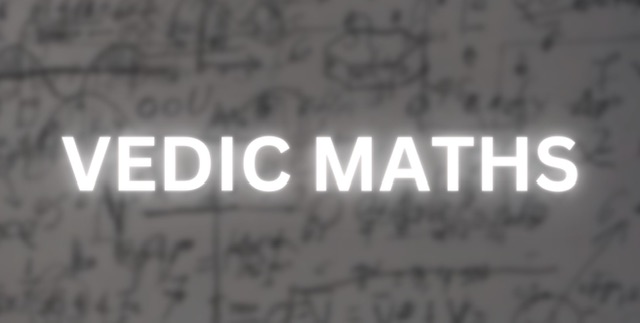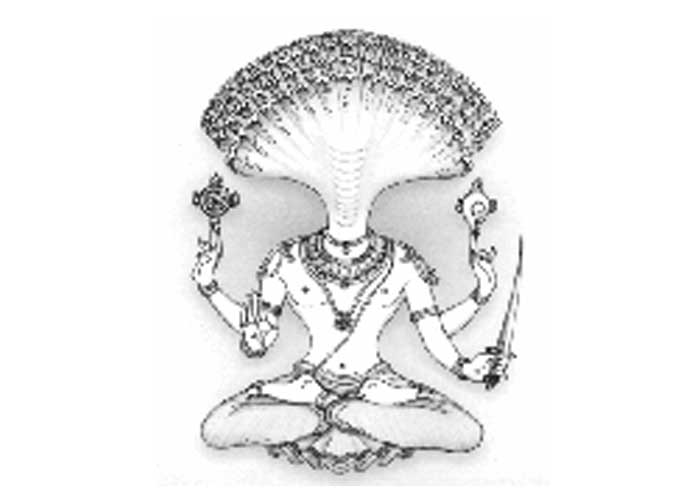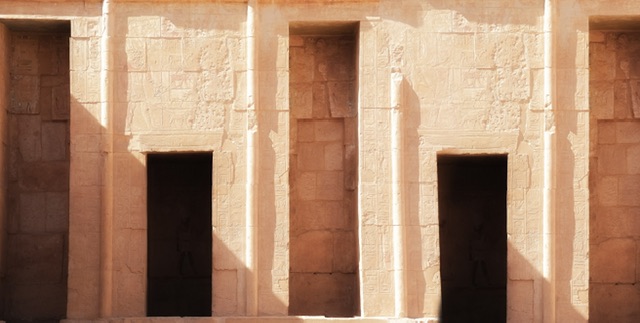Before the advent of mechanical and battery operated clocks, while one could keep track of time on a sunny day using a sun-dial, on a cloudy day water clocks proved to be more useful. One of the earliest mentions of such a water clock is found in the Atharvaveda. In fact, certain pots have been excavated at Mohenjodaro, which the archaeologists believe to have been used as water clocks. The Vedic Indians called it the Ghatika Yantra.
How does it work?
Ghatika (bowl) is a hemispherical vessel made of copper with a small hole at the bottom placed inside a large water bowl or a tank. Every time the cup sank, a specific period of time would have elapsed, and a gong was sounded to mark it. This time was measured in gharis and pahars.
The day and night was divided into 60 parts and each one was called a ghari. The night and day was each divided into four parts each of which was called pahar and group of men appointed to measure time were called ghariyalis.
Literary Evidence
Jyotisha Vedanga describes a Ghati or Kapala (clepsydra or water clock) where the amount of water that measures a nadika (24 minutes) is mentioned. Suryasiddhanta, Chap 8, verse 23 describes a more sophisticated clepsydra.
At Nalanda University, such a device was used to mark the periods. One stroke of drum was sounded at the first immersion, two strokes on second immersion, three strokes on third and at the fourth immersion, four strokes of drum along with blow of the conch were sounded to mark the end of ‘first hour’, when the sun was in the east between zenith and horizon. Similarly, three more hours were sounded during the day and four hours at night.
The description of a water clock is also found in Varahimira’s Pancasiddhantika and Brahmagupta’s Brahmasphutasiddhanta.





